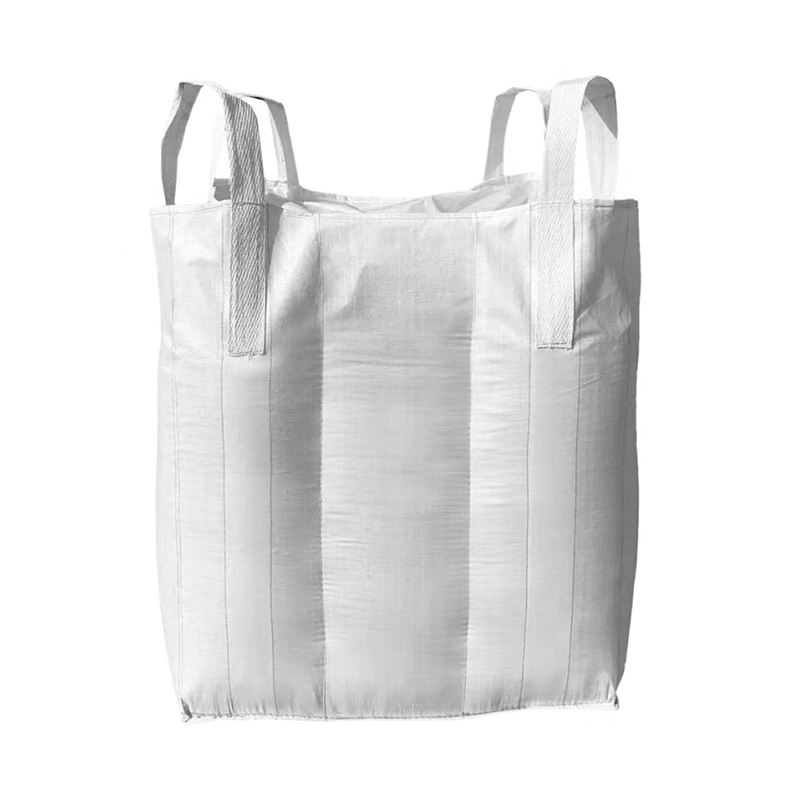Email us now!
The operational journey of a PP ton bags spans from the moment it’s filled to when its contents are unloaded. Following consistent, thoughtful procedures at every step is key to keeping operations safe, protecting the materials inside, and making sure the bag works as it should. This guide breaks down the essential practices for using and handling these containers effectively across their entire use cycle.

Procedures for the Filling Operation
Filling a ton bag properly lays the groundwork for smooth handling and transport later on. Rushing or cutting corners here can advance to issues like unstable loads or content leakage.
Inspection and Setup: Before starting to fill, take a moment to visually inspect the empty bag. Look for any signs of wear, tears, or damage to the fabric, seams, or lifting loops—even small flaws can worsen during filling and handling. Place the bag on a clean, level surface to keep it stable as it fills, and make sure the lifting loops are spread out and untangled so they’re ready for use later.
Employing the Right Equipment: Using a controlled filling tool, such as a hopper with a spout that fits the bag’s opening, helps guide material flow and cut down on dust. As you fill, let the bag settle occasionally to avoid air pockets, and aim to distribute the contents evenly. An evenly filled bag keeps its shape better, which makes lifting and stacking safer later.
Securing the Load: Once the bag reaches the intended weight, seal it up properly following the manufacturer’s advice. Whether it uses a drawstring, fold-over closure, or another system, a tight, secure seal prevents the contents from spilling out or getting contaminated during transport or storage.
Considerations for Lifting and Stacking
Moving and storing filled PP ton bags requires careful technique to avoid accidents or damage to the bags and their contents.
Lifting and Transport: Always use only the bag’s designated lifting loops—never try to lift by the top edge of the bag or any other part, as this can tear the fabric. Make sure forklifts, cranes, or other lifting equipment have hooks or tines that are in good shape and the right size for the loops. Lift the bag slowly and smoothly, avoiding sudden jerks or swinging the load, which can throw off balance and strain the bag.
Stacking Arrangements: When stacking filled bags, start with a firm, level base to keep the stack from tipping. A staggered pattern—like how bricks are laid—helps boost stability compared to stacking them straight up and down. Keep an eye on the stack height, too; the weight of the bags above can put too much pressure on the ones at the bottom if the stack gets too tall.
Unloading and End-of-Use Management
The final steps of a PP ton bag’s use cycle—unloading and post-use handling—are just as important for safety and efficiency.
Controlled Discharge: For bags with a discharge spout, access the spout carefully and open it slowly to control the flow of material. This prevents spills and lets you direct the contents where they need to go. For bags without spouts, use a sharp tool (like a utility knife) with caution—cut only the necessary part of the bag, and be mindful of the material inside to avoid injury or mess.
Post-Use Handling: After emptying, flatten the bag to save space for storage. If the bag is still in good condition, it might be cleanable and reusable for similar materials. If not, check local recycling options for polypropylene—many areas accept clean, empty PP ton bags for recycling. Always dispose of damaged or non-reusable bags following local waste regulations to keep operations environmentally responsible.
Establishing a Framework for Ongoing Safe Use
Turning these steps into regular operational habits helps maintain consistent safety and efficiency. Train personnel who handle ton bags on these ideal practices, and provide clear, easy-to-follow instructions near work areas. Regularly check both the bags (for wear) and the handling equipment (for proper function) to catch small issues before they become big problems. By making these practices part of daily operations, businesses can get the lot out of their PP ton bags while keeping workers and materials safe.

 English
English русский
русский Español
Español عربى
عربى Türk
Türk







